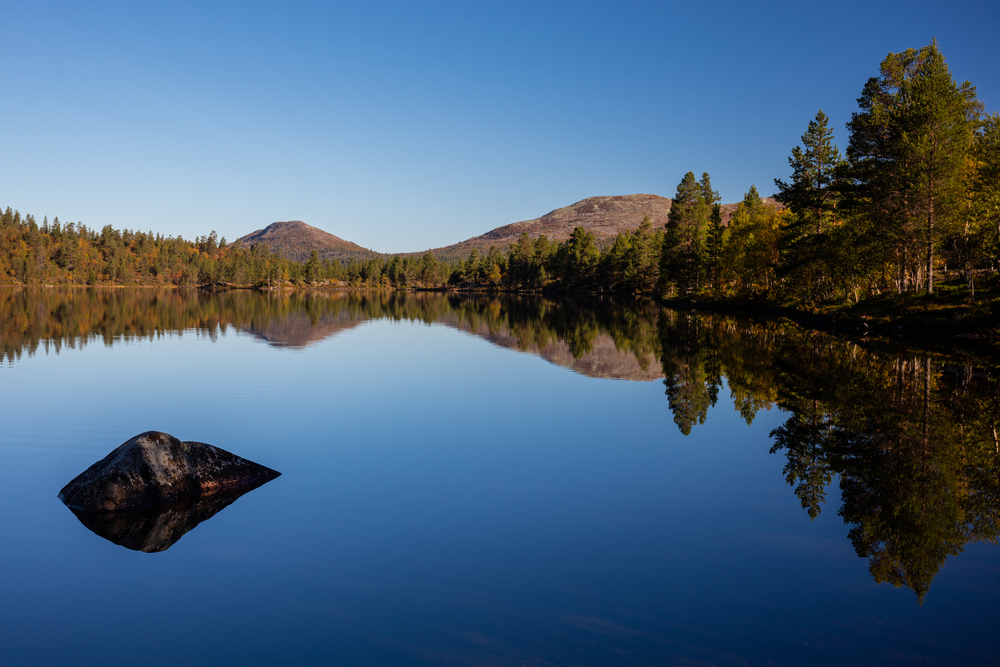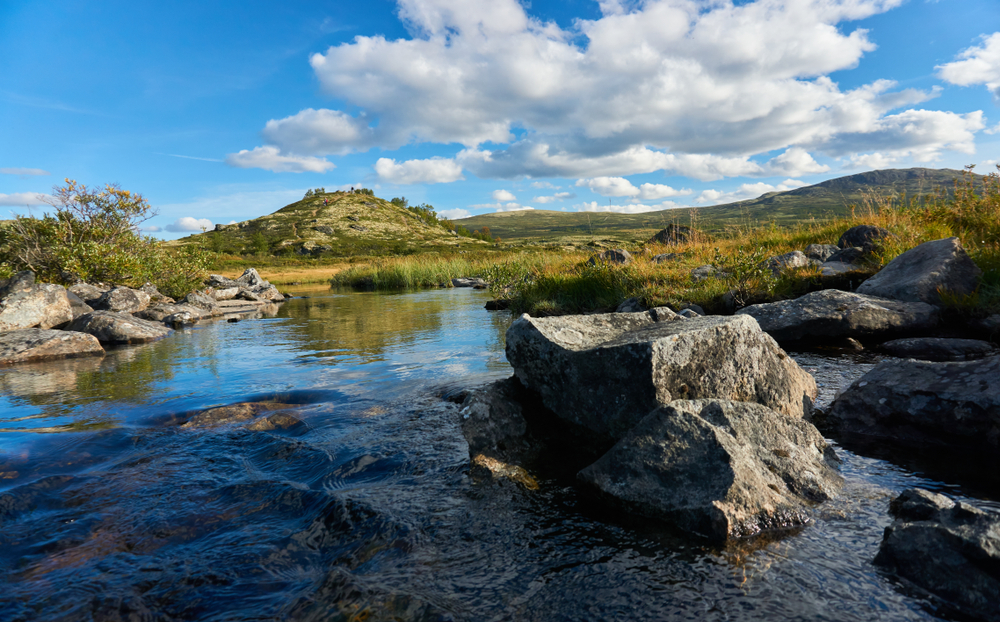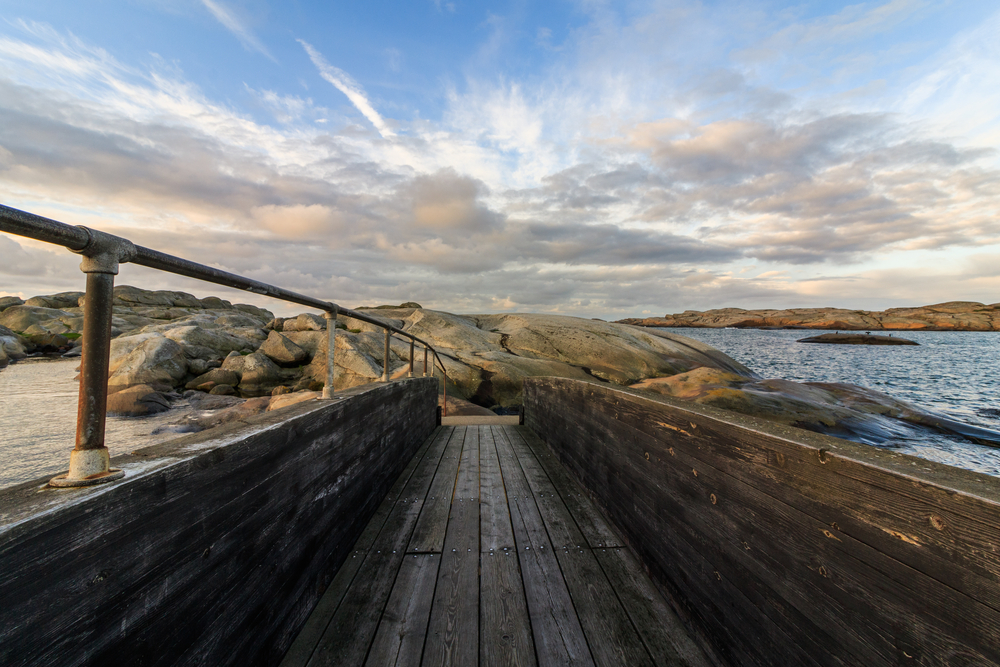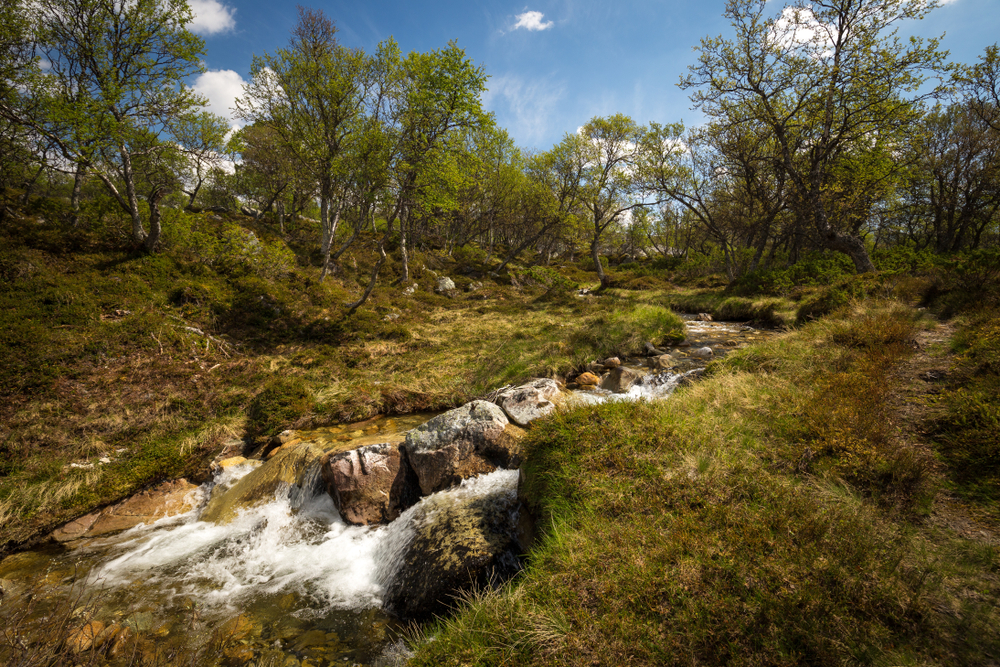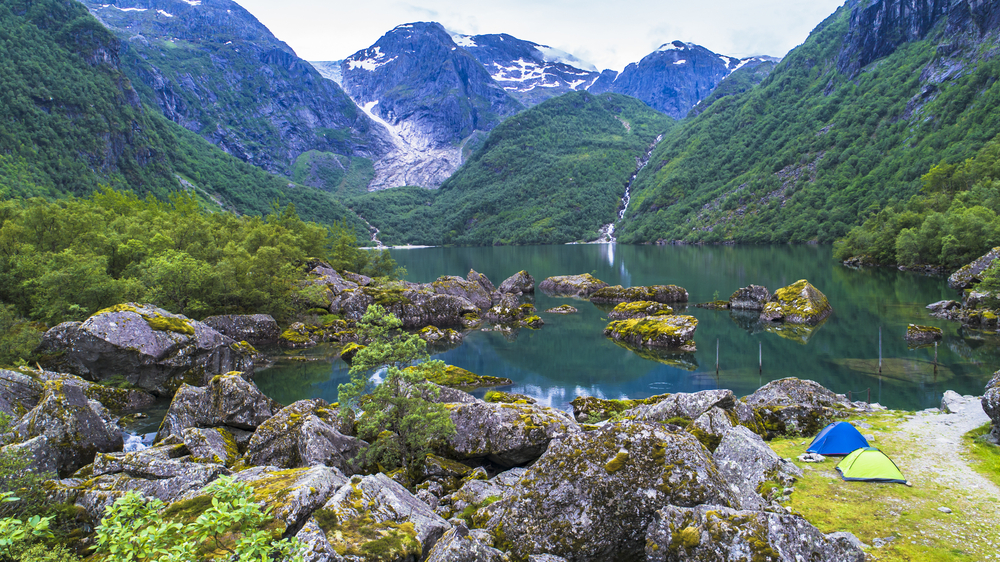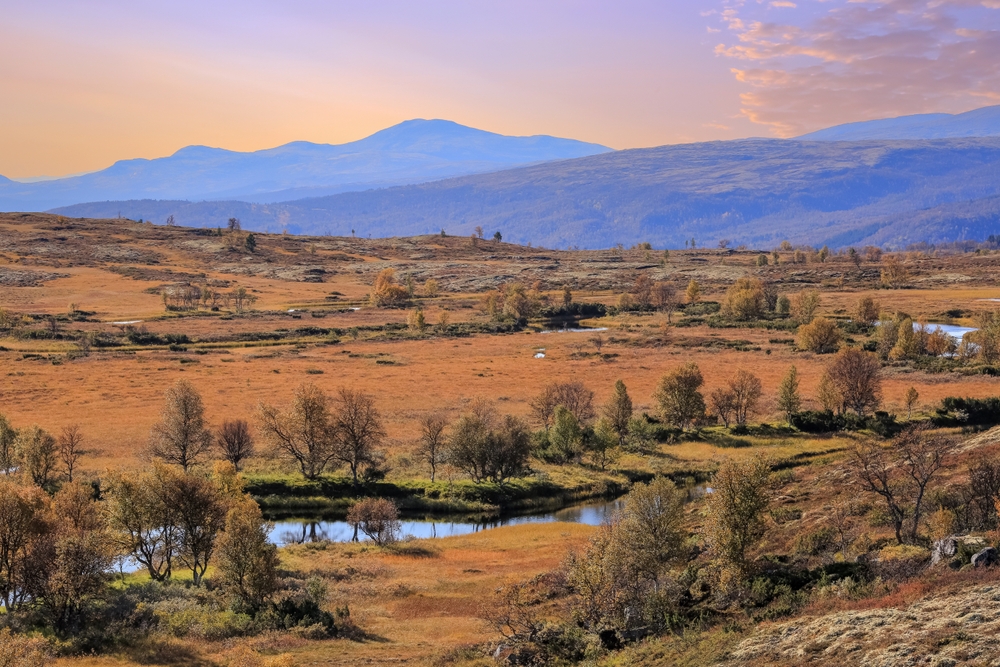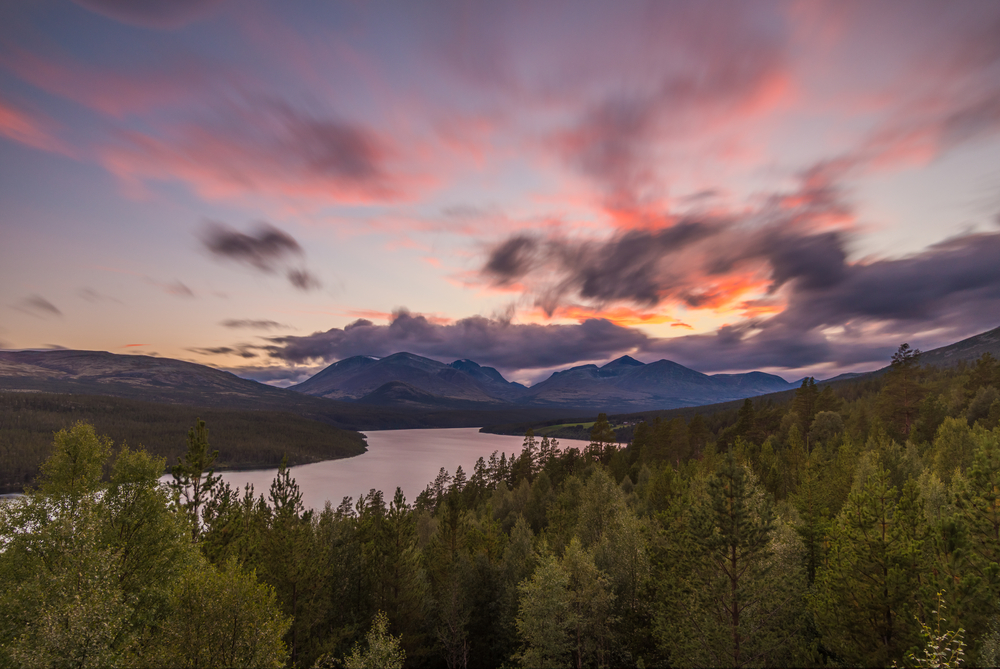Gutulia Overview
Gutulia National Park, known as Gutulia nasjonalpark in Norwegian, is a small yet remarkable protected area located in Norway, near the border with Sweden.
Covering approximately 8.5 square miles (22 square kilometers), the park is situated in Innlandet County and is one of Norway’s oldest national parks, established in 1968. Despite its relatively small size, Gutulia National Park offers a stunning landscape of ancient forests, rolling hills, and pristine waterways.
It is part of the larger Femundsmarka region, which is known for its rugged and untouched wilderness, making it an attractive destination for those seeking solitude and a deep connection with nature.
The terrain of Gutulia National Park is dominated by old-growth pine forests, some of which are more than 400 years old. These ancient trees create a unique and almost mystical atmosphere, with fallen logs and decaying wood supporting a rich ecosystem. Alongside the towering pines, scattered spruce and birch trees add to the diversity of the landscape. The park’s terrain is gently undulating, with small hills, bogs, and lakes punctuating the dense forest.
Gutulisjøen, a serene lake near the park’s entrance, provides a picturesque setting for visitors, reflecting the surrounding greenery and sky. Unlike many other Norwegian national parks, which are known for dramatic mountains and fjords, Gutulia is characterized by its tranquil and intimate wilderness, making it an excellent destination for those who appreciate quiet, untouched nature.
Wildlife thrives in Gutulia National Park, with various species calling this ancient forest home. Among the most notable mammals are moose, red foxes, and lynxes, which roam the dense woodlands. The park is also home to a population of brown bears, though they are elusive and rarely encountered by visitors. Small rodents, such as voles and lemmings, are common and serve as prey for larger predators.
The park’s rich birdlife includes species such as the Siberian jay, capercaillie, and three-toed woodpecker, making it a popular spot for birdwatchers. During the summer months, migratory birds such as the Eurasian golden plover and various warblers add to the park’s avian diversity. The wetland areas and lakes attract ducks and waders, contributing to the overall ecological richness of the region.
A visit to Gutulia National Park offers a chance to experience Norway’s untouched wilderness in a serene and intimate setting. The most popular activity in the park is hiking, with trails leading through the ancient forests and around Gutulisjøen. The main trail provides access to the heart of the park and allows visitors to experience the breathtaking beauty of the old-growth forest up close.
Due to the park’s relatively small size and lack of infrastructure, it is best suited for those who enjoy self-guided exploration. Fishing is permitted in designated areas, with Gutulisjøen offering opportunities to catch trout and other freshwater fish. Wildlife observation is another highlight, with careful and patient visitors sometimes catching glimpses of the park’s elusive animals. While camping is not allowed within the park itself, nearby areas provide opportunities for those who wish to stay overnight in nature.
Conservation is a key priority in Gutulia National Park, and its designation as a protected area ensures the preservation of its ancient forest ecosystem. The park is managed with a focus on maintaining its natural processes, meaning that human intervention is kept to a minimum.
Fallen trees are left to decay naturally, contributing to the health of the ecosystem. One of the main challenges the park faces is the impact of climate change, which may alter the delicate balance of its ecosystem. However, the strict protections in place have successfully preserved this rare old-growth forest, making it one of the last remaining examples of such ecosystems in Norway.








































































